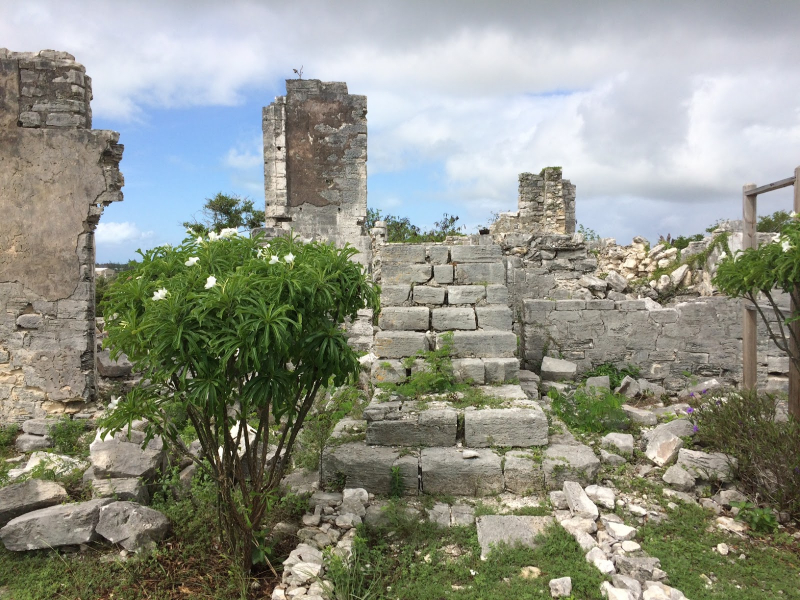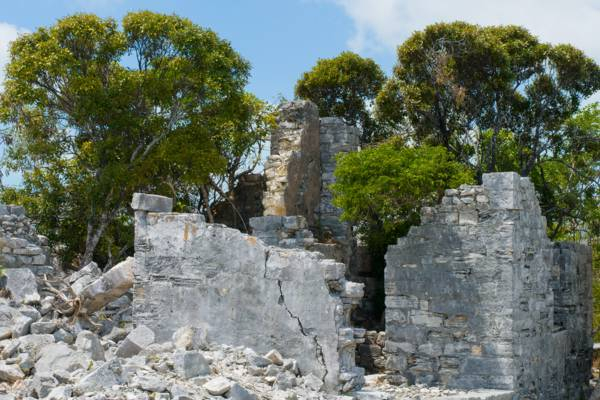Cheshire Hall Plantation
The major historical landmark in Providenciales is Cheshire Hall Plantation, a wrecked late-1700s cotton plantation. This modest attraction provides an intriguing viewpoint on the Caicos Islands' Loyalist history and how it influenced the Turks and Caicos' growth as a nation.
The narrative of Cheshire Hall begins with Wade Stubbs, a Florida-based Loyalist planter. Wade Stubbs was granted land on North Caicos after the American War of Independence, and he developed Wade's Green, which became one of the most successful plantations in the Turks and Caicos. Thomas Stubbs established Cheshire Hall in the late 1700s to cultivate cotton, inspired by the success of his brother's plantation on North Caicos. The Stubbs family hails from England's Gawsworth County, and Thomas Stubbs named his business Cheshire Hall.
Cheshire Hall, which occupied over 5000 acres (about 2000 hectares) and employed hundreds of slaves until the early 1800s, was the most important property on Providenciales. The boll weevil insect, soil degradation, and hurricane damage put an end to the cotton business in the Turks and Caicos after a few decades of modest success.
Although Cheshire Hall is considered the most important of the pre-modern structures left on Providenciales, it has not been spared from vandalism and damage in the past. Almost all the peripheral features, such as burial cemeteries, ancillary structures, and field walls, have vanished over time to make way for new construction projects. However, it has since gained good attention for conservation as a result of sensible policies.
Today, The Great House at Cheshire Hall is Providenciales' best-preserved plantation-era remains. The Great House, a cotton press base, kitchen, cistern, well, and a small modern reconstruction of a slave cottage are among the fifteen points of interest along stone-lined walkways. The majority of the buildings are in bad condition due to the fact that they were left after the plantation operations finished. Many structures and ruins are marked with signs that explain their purpose. Many of the local indigenous flora around Cheshire Hall are labeled and discussed along the trails, as well as information on common birds and fauna in the region.
The grand house, slave quarters, kitchen, and cotton press bases are among the ruins that may still be seen today. Modern development has encroached on many of the original cotton fields.
Location: Providenciales, Turks and Caicos Islands







